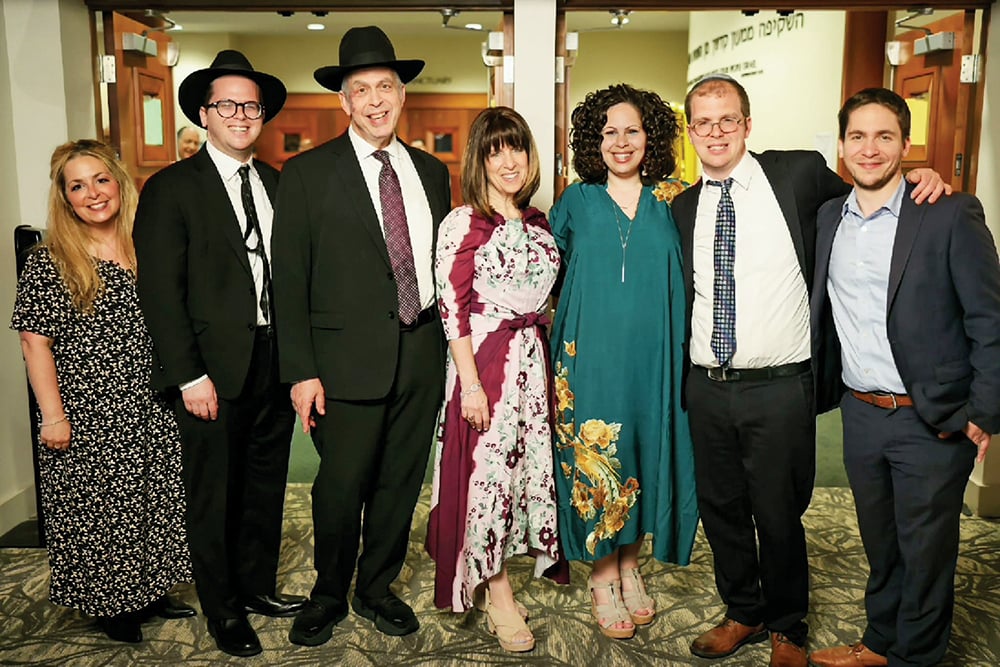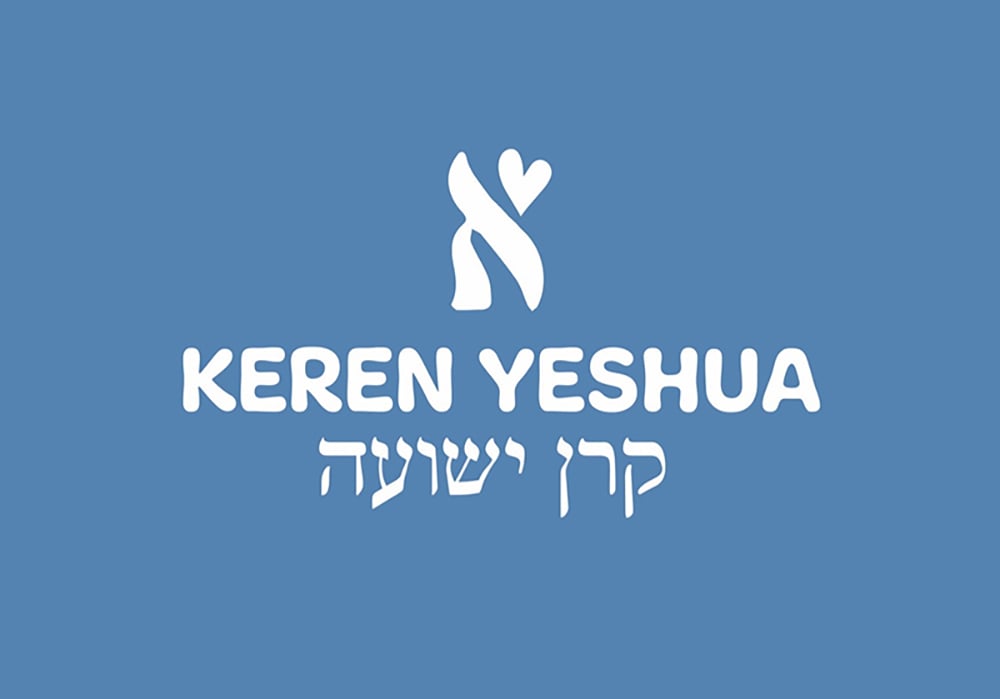Rabbi Irving Levy was a wise and respected talmid chacham and businessman, who together with his wonderful wife, Shirley, a”h, were legendary baalei chesed, and of the earliest founders of the Torah community in Monsey, New York. As the first chairman of the board of education of Hebrew Institute of Rockland County (HIRC)—which was later rededicated and renamed ASHAR—he was directly responsible for children receiving a broad and balanced Torah education. Rabbi Levy could often be found with a Gemara and cigar in hand, dispensing advice or sharing a good vort or witticism.
Late one night, a young father and family man in the community—a new-ish baal teshuva—knocked at the Levy’s door. Though well-read and educated, this Harvard graduate and analyst on Wall Street did not have the privilege of formal yeshiva education. He felt overwhelmed by his challenges in navigating the frum community day-to-day, and especially in terms of limud haTorah. There was just so much to learn, and endless amounts to process. Sitting down in Rabbi Levy’s office—surrounded by countless well-worn seforim that the rav had learned—he shrugged and asked with earnestness, “Where do I even start?”
Rabbi Levy puffed on his cigar, and smiled empathetically. “Torah is a vast ocean … just jump in and you’ll learn to swim!” Putting a reassuring arm around the young man, he then opened a Chumash and turned to Parshas Mishpatim. “Here, this is a great place to dive in. Come, let’s begin together, ready? V’eileh ha-mishpatim … ”
וְאֵלֶּה הַמִּשְׁפָּטִים אֲשֶׁר תָּשִׂים לִפְנֵיהֶם“And these are the laws that you shall place before them …” (21:1)
As a follow up to the awesome revelation at Sinai, our sedra introduces us to a broad cross section of civil laws and intricate halachic detail—forming the foundation of so many mitzvos bein adam la-chaveiro, laws that govern our interaction with one another.
Much of our parsha finds elucidation in the Gemara; particularly in the tractates of Bava Kama and Bava Metzia. Laws of personal damages, borrowing and lending, damages and injury as well as financial structures and Torah economic policy are extrapolated from Parshas Mishpatim. In fact, after learning some Gemara, many a student in a yeshiva geared toward baalei teshuva has jokingly exclaimed, “Parshas Mishpatim is basically the Kitzur Bava Kama!”
בין כל דיבור ודיבור דידוקיה ואותותיה ממולאים בתרשיש כימא רבא“Between every commandment and the next, were the details and the letters of the Torah written, ‘filled with turquoise like the Great Sea.’” (Talmud Yerushalmi, Sotah, 8:3)
Just as there are tiny waves between the great waves of the sea, so there are minute details found within the general laws of the Torah, innumerable teachings—each more precious than pure turquoise sapphire—conveyed by every stroke of every letter of every word.
In his beautiful introduction to Sefer Menoras Hama’or, Rebbe Yitzchak Abuhav, zt”l, of Tzfat compared the rich and beautiful teachings of the Gemara—the “Yam haTalmud”—to “precious pearls that lie in the depths of the sea.” With more than fifty mitzvos that form the basis of a civil society, Parshas Mishpatim can, indeed, be seen as the beachfront of a vast ocean of Jewish life and learning.
This Shabbos is Mevarchim Rosh Chodesh Adar. The Me’or Einayim, Reb Mordechai, the Maggid of Chernobyl, zt”l, interprets the inner meaning of the word “Adar:” אלף-דר, אלופו של עולם דר, “Adar is spelled ‘alef-dar,’ teaching us that the ‘Alufo’ shel Olam, the Master of the World, is dar, ‘dwelling’ within the natural events of this month.” The miracles which we celebrate in this month are enclothed and revealed in the normal functioning of the physical world, even woven into the fabric of political drama. As a result, our celebration of Purim in this month is very much within the physical world: mishteh v’simchah, drinking wine and feasting, giving gifts of food and money.
Furthermore—in advance of Rosh Chodesh Adar—we read Parshas Shekalim, narrating a collection of coins which went to the physical construction and upkeep of the Mishkan.
Directing our attention to the reality of Hashem’s Presence in this world, our sedra also enumerates agricultural laws, the festivals, as well as dietary laws. We are instructed to create a just culture and ensure fair treatment of foreigners and slaves. We are commanded to drive out the seven nations who inhabit Eretz Canaan, and are issued a warning regarding being influenced by their practices and values. The physical borders of Eretz Yisrael are also defined. The theme of the parsha is “alef-dar,” ensuring a community, homeland and nation, in which we can live a God-centered life and reveal divinity through our everyday activities.
Parshas Mishpatim invites us to “dive in,” and immerse ourselves in the life-giving waters of Torah study. For myself and my family, this Shabbos is an opportune time to express our gratitude for Rabbi Levy, zt”l’s advice to my father, so many years ago. It is a day that we recommit ourselves to the extraordinary choices our parents made to live a life of observance and joyful engagement with Yiddishkeit. And, it is a day in which all of us are blessed to swim ever deeper into the vast ocean of Torah.
Rav Judah Mischel is executive director of Camp HASC, the Hebrew Academy for Special Children. He is the mashpiah of OU-NCSY, founder of Tzama Nafshi and the author of “Baderech: Along the Path of Teshuva.” Rav Judah lives in Ramat Beit Shemesh with his wife Ora and their family.










